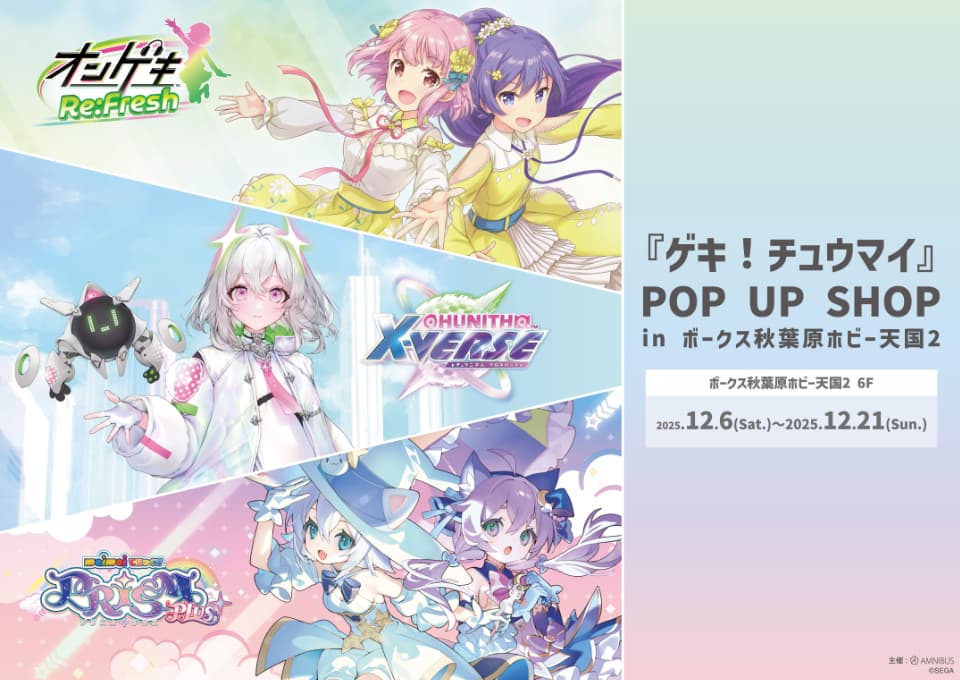
Jul 20, 2025
【2025 Latest Edition】Best Restaurants, Maid Cafes & Unique Akiba EatsWhen you hear “Akihabara,” what first comes to mind? Is it the electronics stores lined with cutting-edge PC parts, the specialty shops overflowing with figures and anime merchandise, or perhaps the unique cafes where adorable maids greet you? For many, Akihabara is consistently recognized as a one-of-a-kind cultural hub where …

























